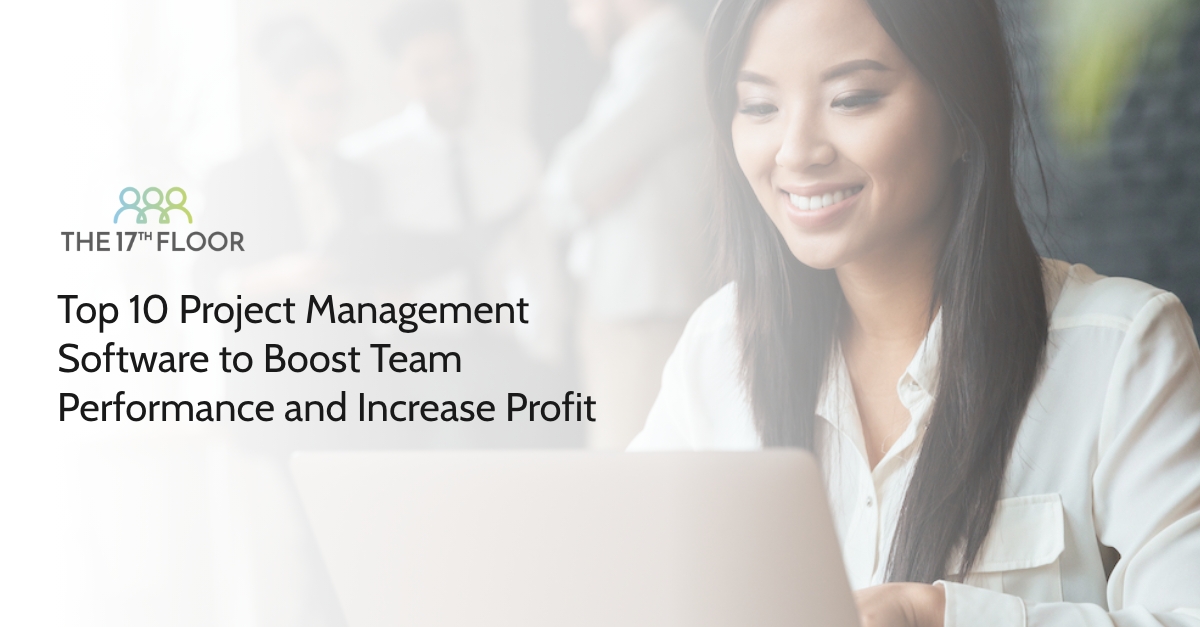4 Changes in the Workplace Dynamics That Leaders Will Need to Adapt to in 2023

This article was featured on Dialogue Magazine, Volume 45 – Issue 1, and is authored by Breanna Brown, HR Advisor, MaxPeople.
The workplace has changed in fundamental ways as organizations have navigated the effects of the COVID-19 pandemic over the past few years. In 2023, we anticipate further changes to workplace dynamics as companies strive to remain competitive in unstable economic times.
1. The Evolution of Remote Work Arrangements
In recent years, many of us said “so long” to the physical workplace. Remote and hybrid work arrangements became the norm and led to a refreshed perspective on “where” work takes place. In 2023, organizations that have committed to working remotely will need to focus on refining processes and procedures under this model to increase productivity and efficiency. Here are some ways to achieve these goals.
Remote and hybrid work arrangements became the norm and led to a refreshed perspective on ‘where’ work takes place.
Get Policies and Practices Right
- Create policies that outline the temporary remote work arrangement, noting this is subject to review and change as business needs evolve. Review and update these policies on a regular basis to align with changes in industry and market standards.
- Evaluate and invest in technology such as communication, collaboration and capacity management software as well as other resources (e.g., equipment, internet connection, etc.) to support productivity while working remotely.
- Develop standards for how employees are expected to behave in a virtual workplace, including virtual meetings and off-duty conduct.
Keep Culture and Engagement at the Forefront
- Host virtual or in-person social events that promote team bonding and engagement, and nurture your workplace culture.
- Stay abreast of workplace culture and employee morale by conducting frequent “pulse checks,” including annual employee engagement surveys, and one-on-one check-ins between managers and their direct reports.
2. Attraction and Retention Challenges Continue
We anticipate the struggle to attract and hire top talent will continue into 2023 for the Canadian labour market. Companies will need to look internally for talent and re-evaluate their employer value proposition to solidify their competitive advantage in their industry and labour market. Here are some ways to accomplish this:
Lay the Groundwork
- Create a values-oriented workplace by identifying your organization’s value statements, train leaders and educate employees on values-aligned expectations.
- Conduct a compensation analysis to ensure you are offering a competitive salary and comprehensive benefits package. Leverage expert guidance to develop a creative total compensation plan (e.g., base-pay, benefits package, paid days off, etc.).
- Ensure your recruitment and onboarding process is exciting as well as organized, timely and equitable.
Look Within First, Whenever Possible
- Invest in your employees and their professional development by offering paid training and education assistance.
- Leverage HR experts to create a strategic succession plan to help identify and move star players into key roles at the right time.
Ensure Candidates Can Find and Understand “The Real You”
- Leverage social media to increase your brand awareness and capture the interest of new applicants and existing employees.
- Probe during interviews to understand how candidates align to your organizational values.
- Showcase your culture at all stages in the hiring process, leverage your culture ambassadors to create excitement for candidates and ensure new hires can easily integrate into your workplace culture.
3. Shift Towards People-Oriented and Healthy Workplaces
In 2022, we saw an increased focus on work-life balance by employers. In 2023, we anticipate organizations will continue to invest in their people in an attempt to create a more people- oriented and healthy workplace.
A healthy workplace considers people’s specific needs to be safe, happy and productive while working. Healthy workplaces proactively address and protect the physical health, mental well-being and financial fitness of employees. Here are some ways to create a workplace that meets these criteria:
Assess the Current State
- Conduct routine workplace risk assessments and employee check-ins to assess any risks to employee well-being in the workplace. Proactively establish practices and programs to minimize risks and encourage holistic well-being.
- Conduct anonymous surveys or focus groups to identify and address workplace cultural elements that are counter to the healthy workplace mentality (e.g., values misalignment, employee burnout, unhealthy competition, lack of appreciation, etc.).
A healthy workplace considers people’s specific needs to be safe, happy and productive while working.
Consider Education, Awareness, Access and Inclusivity
- Ensure employees are aware of all medical or health-related benefits available to them via company group benefits package or government support. Group benefits plans should be reviewed carefully to ensure there are no policy or coverage disparities between race, gender, sexual orientation, etc.
- Invest in leadership training on emotional intelligence and self-awareness to help leaders develop stronger relationships with their direct reports.
Continually Refine Efforts
- Continue to review, revise and update your diversity, equity and inclusion policies to coincide with societal changes and legislative updates to create a diverse, sustainable and socially conscious work culture.
- Re-evaluate your definitions of productivity, goals and objectives to focus on the impact or outcome of an employee’s work rather than the number of hours spent. This could result in the establishment of a more flexible work schedule.
4. Organizational Changes Associated with Challenging Economic Times
Potential economic uncertainty is on the horizon. Company leaders may need to make difficult decisions that result in changes to their organizational structure, processes and procedures. Leaders can proactively put measures in place to ensure operational efficiency and minimize damage associated with large-scale business changes.
Here are some actions to take now to meet these objectives:
- Establish policies for effectively managing and communicating any significant organizational changes in a lawful and respectful manner.
- Invest in change management training to help your managers lead effectively during uncertain times and develop the skills to facilitate difficult conversations.
- Before laying off employees, consider how your company is structured and any alternative options you have to retain talent.
- Partner with employment law experts for advice prior to making any significant changes to an employee’s status with your company.
As you prepare for a possibly turbulent 2023, we hope you consider the recommendations provided to adapt your business as necessary and maintain effective operations while establishing the workplace culture you’ve always dreamed of.
What challenges do you think you will face as a leader for the rest of the year? Tell us in the comments section below.
Sources:



Denise Burnett
I think the biggest challenges faced this year by our leadership are combatting fatigue and burnout, reengaging staff and finding ways to connect with teams, and rebuilding the culture of the organization, focussing on health and well-being of staff while balancing the needs of our clientele and the services we provide our communities.
Maria Cheng
I consider employees are big assets of a company. Attract and retain the right persons are the challenges.
Harman Dhatt PCP
Leaders in 2023 must navigate hybrid work models, emphasizing remote collaboration while nurturing in-person interactions. Adapting to flexible schedules, mental health support, and AI integration for tasks is crucial. Skillful management of diverse teams across physical and digital realms will define success in the evolving workplace landscape.
Absolutely! Thanks for your comment, Harman 😊